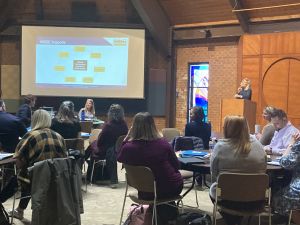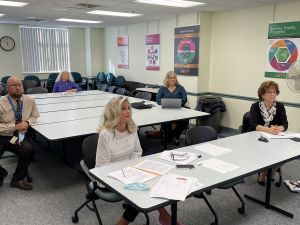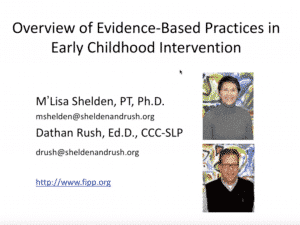Preschool Special Education FAQs
What Are Preschool Special Education Services?
Maryland preschool services include specialized instruction and related services provided to young children, ages three through five, who qualify under the Individuals with Disabilities Education Act (IDEA, Part B, Section 619). Through its twenty-four local school systems (23 counties and Baltimore City), Maryland School for the Blind, and Maryland School for the Deaf, Maryland ensures the provision of a Free and Appropriate Public Education (FAPE) to all eligible children at no cost to their families, and in the Least Restrictive Environment (LRE). The goal of the program is that, as a result of participating in preschool special education services, children have increased: positive social interactions, engagement in daily activities and routines, and independence.
Who Is Eligible?
The first step in determining eligibility for preschool special education and related services is a referral made to the local school system Child Find office. Once a referral is made, parental consent is needed before any assessments are conducted. Following completion of assessments in all areas of suspected disability, an Individualized Education Program (IEP) team is convened. Parents are essential members of the IEP team and should be included as active partners in all stages of the eligibility determination process. During the IEP team meeting, the results of assessments are reviewed as part of a comprehensive evaluation process, where the child’s strengths as well as challenges are discussed, and eligibility under one of the established disability categories is determined.
In Maryland, the disability categories include:
- Autism
- Deafness
- Deaf-Blindness
- Developmental Delay (ages 3 to 7)
- Emotional Disability
- Hearing Impairment
- Intellectual Disability
- Multiple Disabilities
- Orthopedic Impairment
- Other Health Impairment
- Specific Learning Disability
- Speech or Language Impairment
- Traumatic Brain Injury
- Visual Impairment, including blindness
What Happens Next?
Once a child is determined to have a disability, the IEP Team works together to develop an Individualized Education Program (IEP). An IEP is a written statement of the educational program designed to meet a child’s individual needs. Every child who receives special education and related services must have an IEP. The IEP has two primary purposes: to set learning goals for a child based on the child’s present levels of performance, and to state the specific services that the local school system or public agency will provide for the child.
Check out this resource– Building IEPs with Maryland Families–What a great IDEA!
As required by IDEA the IEP document must include:
- The child’s present levels of performance
- Goals for development and academic achievement as appropriate for preschool-age children
- Services that the child will receive related to the goals, and the frequency and duration of these services
- The environment or setting in which services will be provided
At least 10 days before the scheduled IEP team meeting, the local school system or public agency representative must take steps to ensure that the parents are provided proper written notice of the meeting date, time, location and purpose, as well as a list of all persons who will attend. Parents may request the presence of someone who knows the child whose input they feel may be helpful, such as an individual who may have additional assessment information to share with the team. Parents should notify the IEP team leader in advance that they would like this person to attend the meeting. Additionally, parents may also bring a friend or advocate who knows the child and/or who is familiar with the IEP development process.
Services identified on an IEP could include specialized instruction, speech and language therapy, physical and occupational therapy, assistive technology devices and services, psychological services, and other services identified by the IEP Team as necessary for the child to benefit from participation in an educational program. Each child’s teacher and service provider who has responsibility for providing specialized instruction and related services should have access to the IEP and work together as a team to address the child’s needs. This includes the accommodations, modifications, and supports that must be provided to the child according to the IEP.
For the initial IEP, written parental consent is required for the initiation of services. The child’s IEP is reviewed by the IEP team at least once a year, or more often if the parents or school request a meeting. In addition, at least every three years the child must be reevaluated in order to determine if the child continues to be a child with a disability. The child may be reevaluated more often if conditions warrant or if the child’s parents or teacher/service provider asks for a new evaluation.
Parents must be provided with a copy of each IEP. With parent permission, the child’s IEP can be shared with other caregivers in the child’s life, such as staff within a child care center the child currently attends. Providers working in partnership with families will help to ensure that children make ongoing progress towards meeting their individual IEP goals, and are able to narrow the school readiness gap with typically developing peers. The document, Building IEPs with Maryland Families – What a great IDEA! may be helpful in supporting partnership between families and providers as they work together to develop effective IEPs for children.
Where Are Services Provided?
Preschool services for children receiving special education and related services through an IEP must be provided in the Least Restrictive Environment (LRE). The LRE is the setting in which a child with a disability receives a Free Appropriate Public Education (FAPE) while being educated with peers without disabilities, to the maximum extent appropriate. A child would only go to more restrictive or specialized settings when their individual needs require it. The LRE setting or placement where a child receives these services must be as close as possible to his/her home.
The determination of whether an early childhood setting for a preschool through kindergarten age child is the “least restrictive” is based on:
- Early childhood settings available for children without disabilities of the same chronological age
- Whether the IEP services can be implemented in that setting
- Appropriate access to and meaningful involvement in the local school system’s early learning curriculum
- Opportunity for meaningful interactions with peers without disabilities
When a child with a disability is receiving services through an IEP and is below mandatory school age, an early childhood educator who is experienced in teaching children without disabilities of the same age should be included on the IEP team. The role of this educator is to help identify appropriate positive behavioral interventions, program modifications and supplementary aids and services, as needed, in order for the child to have meaningful participation in that setting, with access to age-appropriate curricula and learning opportunities.
Self-contained special education classes, separate schooling, or other removal of a student with a disability from the early childhood setting occurs only if the nature or severity of his/her disability is such that participation in these settings, with the use of supplementary aids and services, cannot be satisfactorily achieved.
Preschool special education and related services can be provided anywhere in the community:
- General education preschool program
- Preschool special education class
- Judy Center
- Approved private preschool
- Child care center
- Head Start
- Local Library
- Other settings in the community where young children typically spend time
- A self-contained special education setting as the placement option cannot be based solely on any one factor such as:
- Category of a child’s disability
- Significance of the child’s disability
- Language and communication needs
- Needed modifications in the general curriculum
- Lack of experience participating with typical peers
- Configuration of the public agency’s delivery system
- Availability of space or educational or related services
- Administrative convenience
A child with a disability is never removed from a community early childhood setting solely because of needed modifications in the early learning curriculum or activities. Nor can placement decisions be based on a generalized statement (e.g., “We think a child with this disability would do better in a self-contained setting.”). When an IEP team determines that a child cannot be educated in a community early childhood setting, specific reasons for that decision must be documented.
The following must be included in the justification:
- An explanation of why services cannot be delivered in a community early childhood setting with the use of supplementary aids, services, program modifications and other supports, as needed.
- A description of the extent to which the child will NOT participate with peers without disabilities in age-appropriate early childhood activities, including meals, recess, and other services available to all children in the setting.
What Are Procedural Safeguards And Why Are They Important?
Procedural Safeguards are policies established to ensure and protect the basic rights of children receiving special education and related services. Parents receive a copy of the Procedural Safeguards as part of every IEP Team meeting, and should be encouraged to ask questions about any of the policies and procedures as well as concerns they may have about their child’s program.
Additionally, for any questions about a child’s program, contact the Maryland State Department of Education, Division of Special Education/Early Intervention Services, Family Support Services Section (410-767-0261 or 1-800-535-0182), or the local school system Child Find office.









